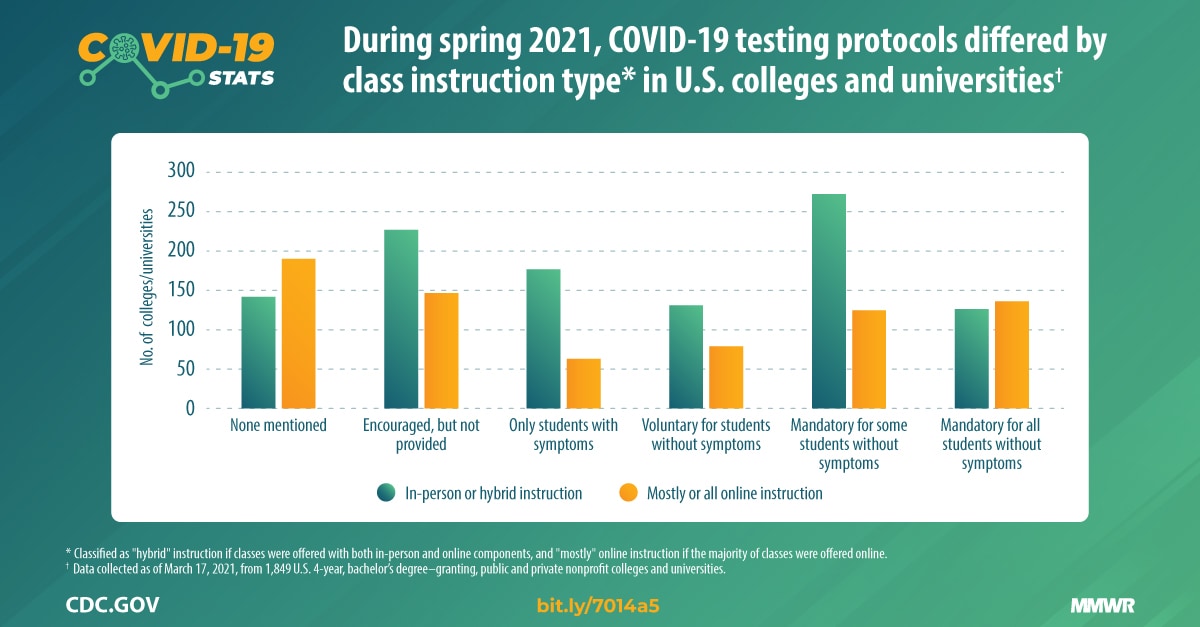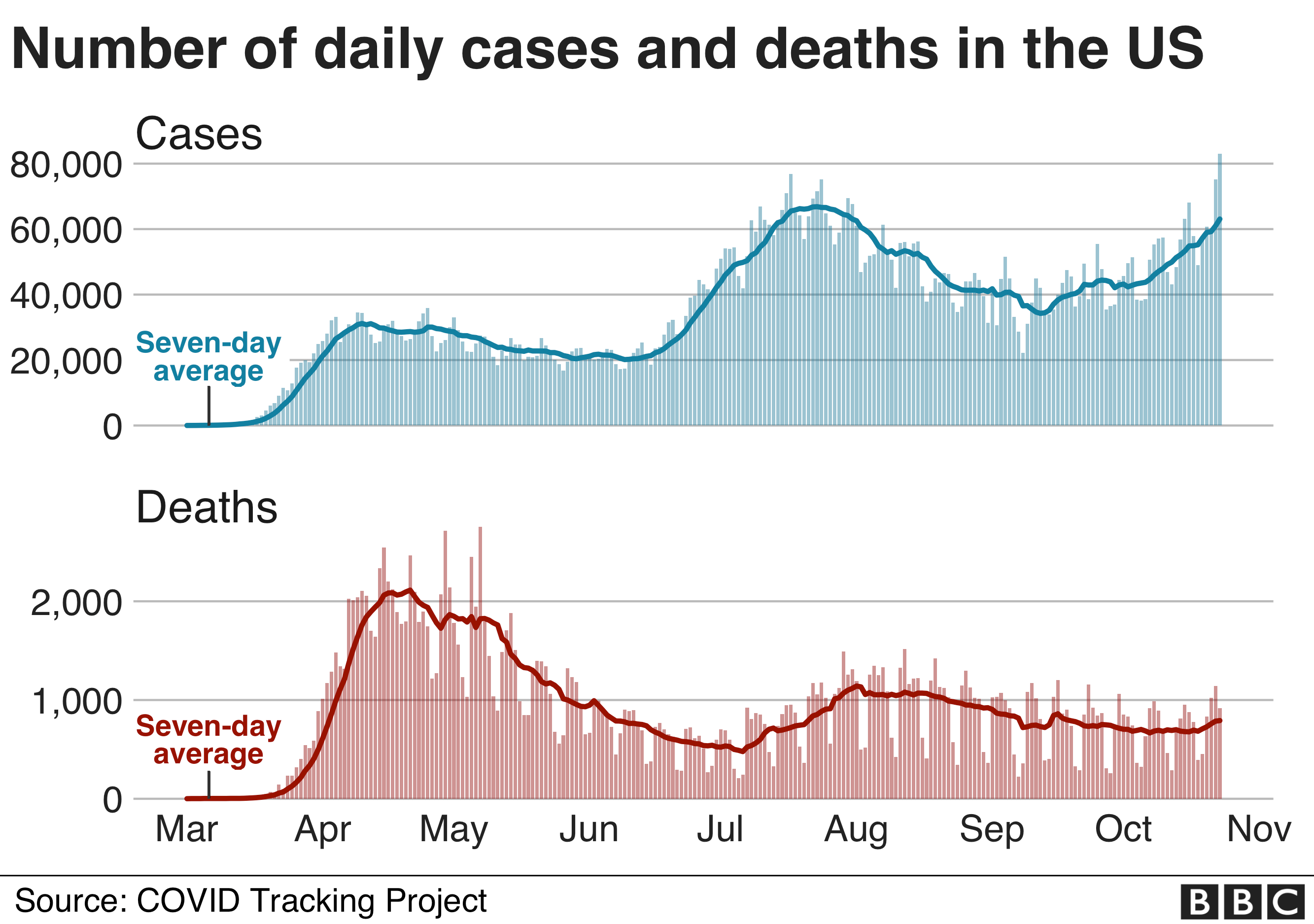
This average may not match the average when calculated from the U.S. national case and death count averages, the average is the sum of the average number of cases and deaths in all states and territories each day. Certain days with anomalous total case or death reports are excluded from the average or have a portion of their cases and deaths which correspond to data backlogs removed from the average calculation. Case and death seven-day averages are adjusted to reduce the impact of anomalous reporting. Cases and deaths data are assigned to dates based on when figures are publicly reported. Department of Health and Human Services and are subject to historical revisions. Hospitalizations and test positivity are reported based on dates assigned by the U.S. viral test specimens tested by laboratories and state health departments and reported to the federal government by the 50 states, Washington D.C. Hospitalization numbers early in the pandemic are undercounts due to incomplete reporting by hospitals to the federal government. Dips and spikes could be due to inconsistent reporting by hospitals. Figures for Covid patients in hospitals and I.C.U.s are the most recent number of patients with Covid-19 who are hospitalized or in an intensive care unit on that day. The seven-day average is the average of the most recent seven days of data. Department of Health and Human Services (test positivity, hospitalizations, I.C.U. About this data Sources: State and local health agencies (cases, deaths) U.S. The new tracker pages will be updated once weekly and will highlight hospitalizations, deaths and the C.D.C.’s county-level analysis of virus conditions, among other data.

have become the most reliable source of information on the virus’s spread. Since few states report more than once a week (and some no longer report data to the public at all), the weekly data reports from the C.D.C.

Many counties and municipal jurisdictions have imposed more stringent regulations. This is a list of regulations that were imposed at the state level, restricting activities and closing facilities as a result of the pandemic.
COVID TOTALS BY STATE LIST FULL
Initial pandemic responses, including full lockdowns
COVID TOTALS BY STATE LIST UPDATE
Please help update this article to reflect recent events or newly available information. The reason given is: Many emergency declarations have been lifted or expired, as have many stay-at-home and mask orders. This section's factual accuracy may be compromised due to out-of-date information.

Thousands of US counties also initiated their own policy responses to the pandemic, resulting in significant variability even within states. States with tougher policies generally had fewer COVID cases and deaths. At the beginning of the pandemic to early June 2020, Democratic-led states had higher case rates than Republican-led states, while in the second half of 2020, Republican-led states saw higher case and death rates than states led by Democrats. There was a link between public health outcomes and partisanship between states. On the West coast: California, Oregon, and Washington state in the Northeast: Massachusetts, New York, New Jersey, Connecticut, Delaware, Pennsylvania, and Rhode Island and in the Midwest: Michigan, Ohio, Wisconsin, Minnesota, Illinois, Indiana, and Kentucky. Multiple groups of states formed compacts in an attempt to coordinate some of their responses.

State, territorial, tribal, and local governments responded to the COVID-19 pandemic in the United States with various declarations of emergency, closure of schools and public meeting places, lockdowns, and other restrictions intended to slow the progression of the virus. No order ever issued Full map including municipalities


 0 kommentar(er)
0 kommentar(er)
